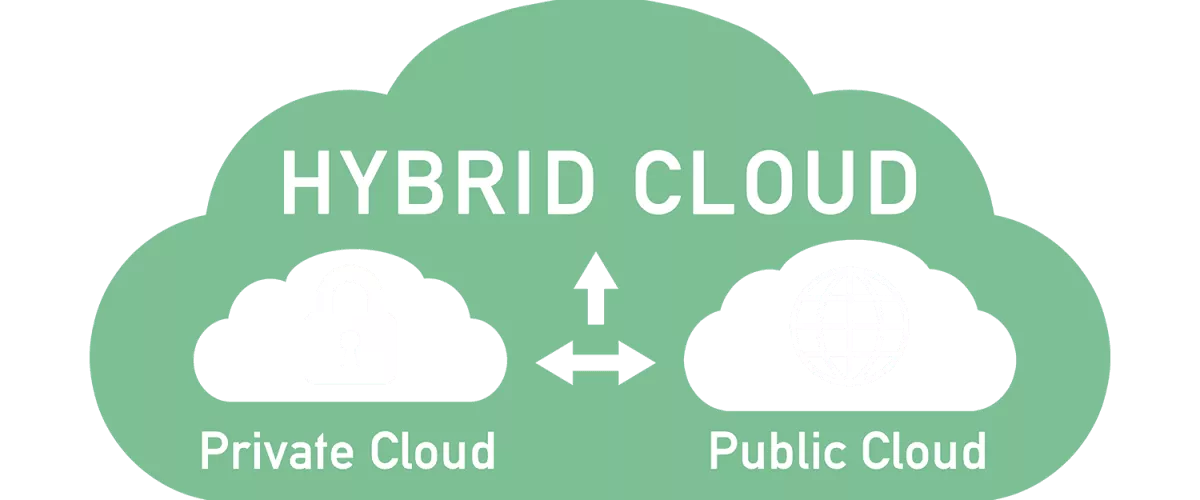Control
Your organization’s most sensitive data can maintain on-premise or a private cloud.
Flexibility
You can place workloads where they make the most sense. This will help you take advantage of additional resources in the public cloud when you need them. Scaling up on demand will benefit your developers and speed up innovation within the organization.
Cost-Effectiveness
With the ability to scale to the public cloud, you pay for extra computing power only when needed, decreasing the total cost of ownership.
Ease
Transitioning to the cloud doesn’t have to be overwhelming because you can migrate gradually—phasing in workloads over time.
Foster Innovation
Allow your developers to safely test software and run pilots in a public cloud without the processes or time restrictions associated with on-premise or the private cloud.
Security and Regulatory Compliance
By maintaining your sensitive data in a private cloud—while running non-sensitive applications in a public cloud—you overcome common cloud-related concerns about security and multi-tenancy. With better security, you overcome cloud-related concerns about regulatory compliance as you can choose which servers to isolate or restrict access.

